Ladi Pav
- M Smith
- Mar 29, 2021
- 3 min read
Ladi Pav is a soft wheat-based Indian dinner roll made without eggs, used commonly in street food like pav bhaji and vada pav. The bread is soft and bouncy but thick to absorb the curry or chutney.

I’ve not had pav bhaji before, but I’m excited to try it. We’re making this pav for our vada pav. Recipe coming soon. The bread was gorgeous. As someone who loves carbs, it’s becoming one of my favourite. The pav very reminiscent of Shokupan, Japanese milk bread, but with less butter.
I researched a lot of pav recipes, and they differ slightly. Some call for more milk, some ask for milk mixed with water or more salt. I tested a few, but I think this one works the best. My pav recipe has been tested and approved by my friend Kavin, who said it tasted like the real thing! That approval is good enough for me to call the recipe a success!
This recipe makes nine super soft buns. Happy Baking!
Ingredients
296 ml (1 ¼ cup) warm milk + up to ½ a cup more if your dough is dry.
2 teaspoon of sugar
2 teaspoons of rapid rise yeast
450 grams (3 cups) of all-purpose flour
1 teaspoon of salt
2 tablespoon of softened butter
You will need extra milk and butter for baking.
Instructions
In a large bowl, combine your warm milk, sugar and yeast and mix. Set aside to “bloom” for at least 10 minutes. When the yeast is bubbly, it’s time to sift in the rest of your dry ingredients.
Sift in your flour and salt, and combine using a dough whisk or your hands. Knead until a rough dough forms. If the dough is a little dry, add in 2 tablespoons of milk at a time. The dough will feel sticky. Whatever you do, do not add flour.
Transfer your dough onto your clean work surface, cover with a damp cloth and let rest for 10 minutes. After 10 minutes, the dough will feel more supple and will be ready to knead. Knead until a soft dough forms. Shape the dough into a ball, and then flatten it with your hands.
Place dabs of butter into your dough, fold it over and begin to knead the dough.
Don’t panic. The dough will begin to feel greasy, and this is when you’re going to think you messed up the dough. Knead for 5 minutes, then cover with a damp cloth and wait 15 minutes.
After 15 minutes, lightly flour your work surface (and I mean lightly, a sprinkle of flour at best) and continue to knead for 10 minutes. Your dough will feel soft, not greasy.
Place into a lightly greased bowl, cover and let rise for 1-2 hours or until doubled. My kitchen was warm, as I was baking something else, so my dough doubled in 1 hour instead of 2.
Gently deflate your dough; no need to punch it down and divide into 9 equal balls of dough.
Line an 8-inch baking tray with parchment paper. Add your dough balls, cover and set aside until doubled.
In the meantime, preheat your oven to 350°F/180°C. Milk wash your buns and pop them into the oven for 25 minutes. If the buns are not golden brown on top, bake for an additional 30 minutes.
When golden brown, remove the buns from the oven and brush them with melted butter. Place on a cool rack to cool.




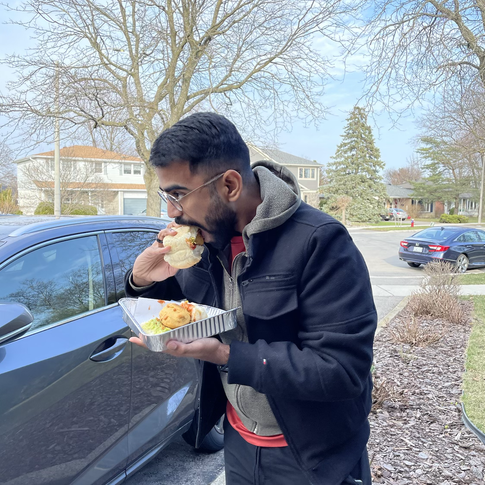









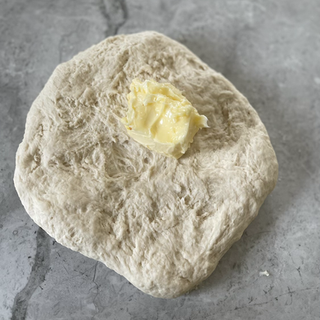







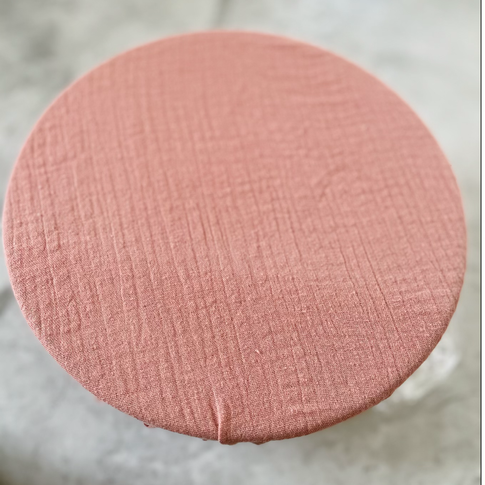



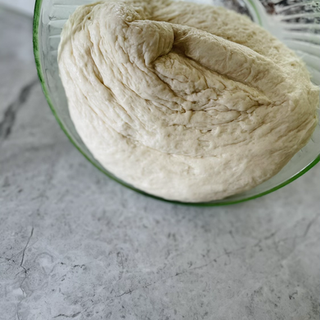



















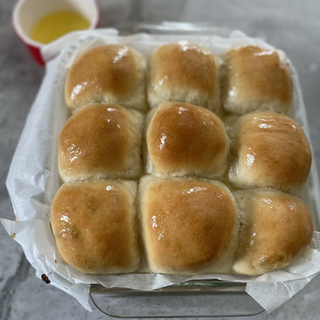
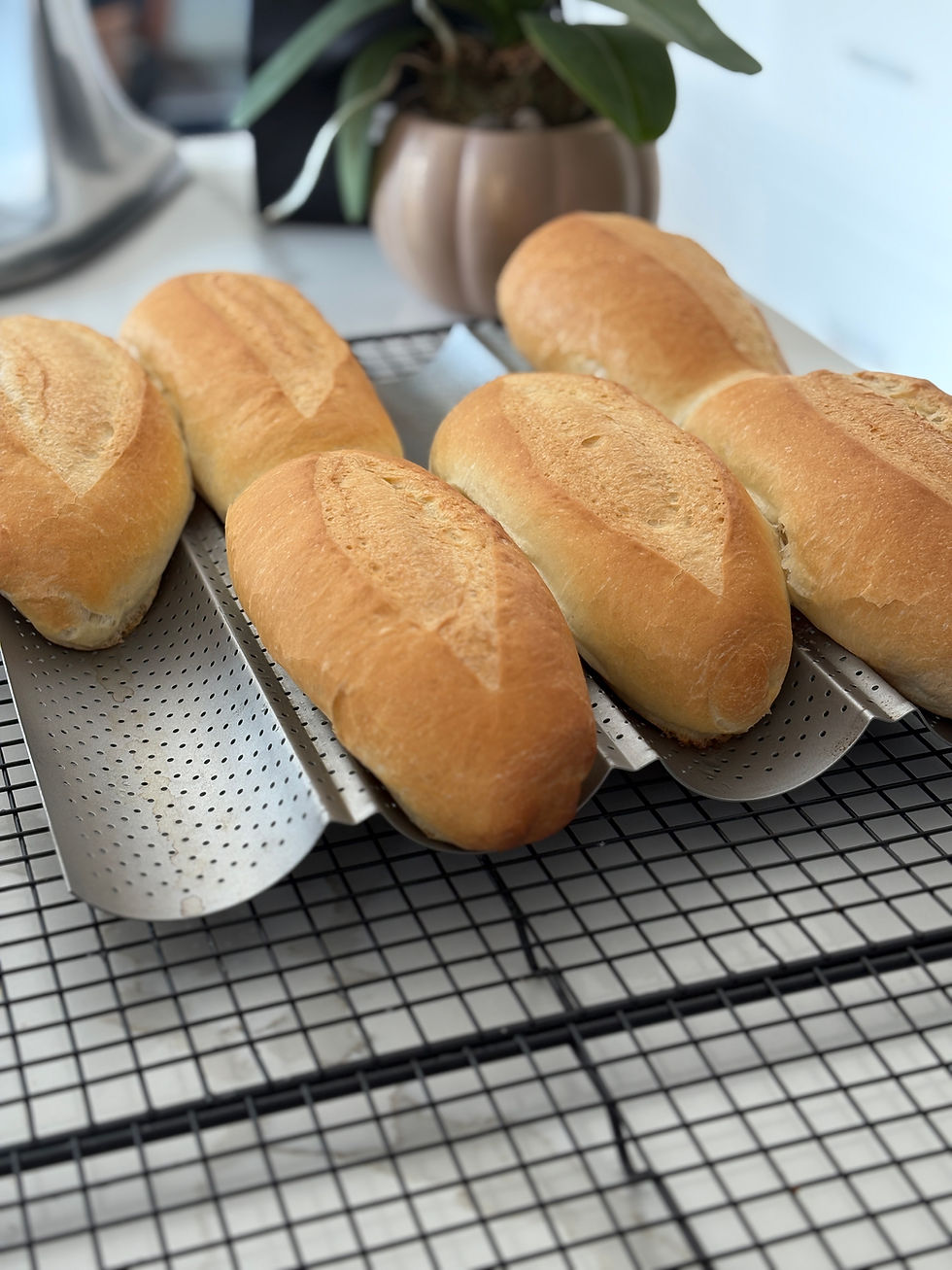


Comments